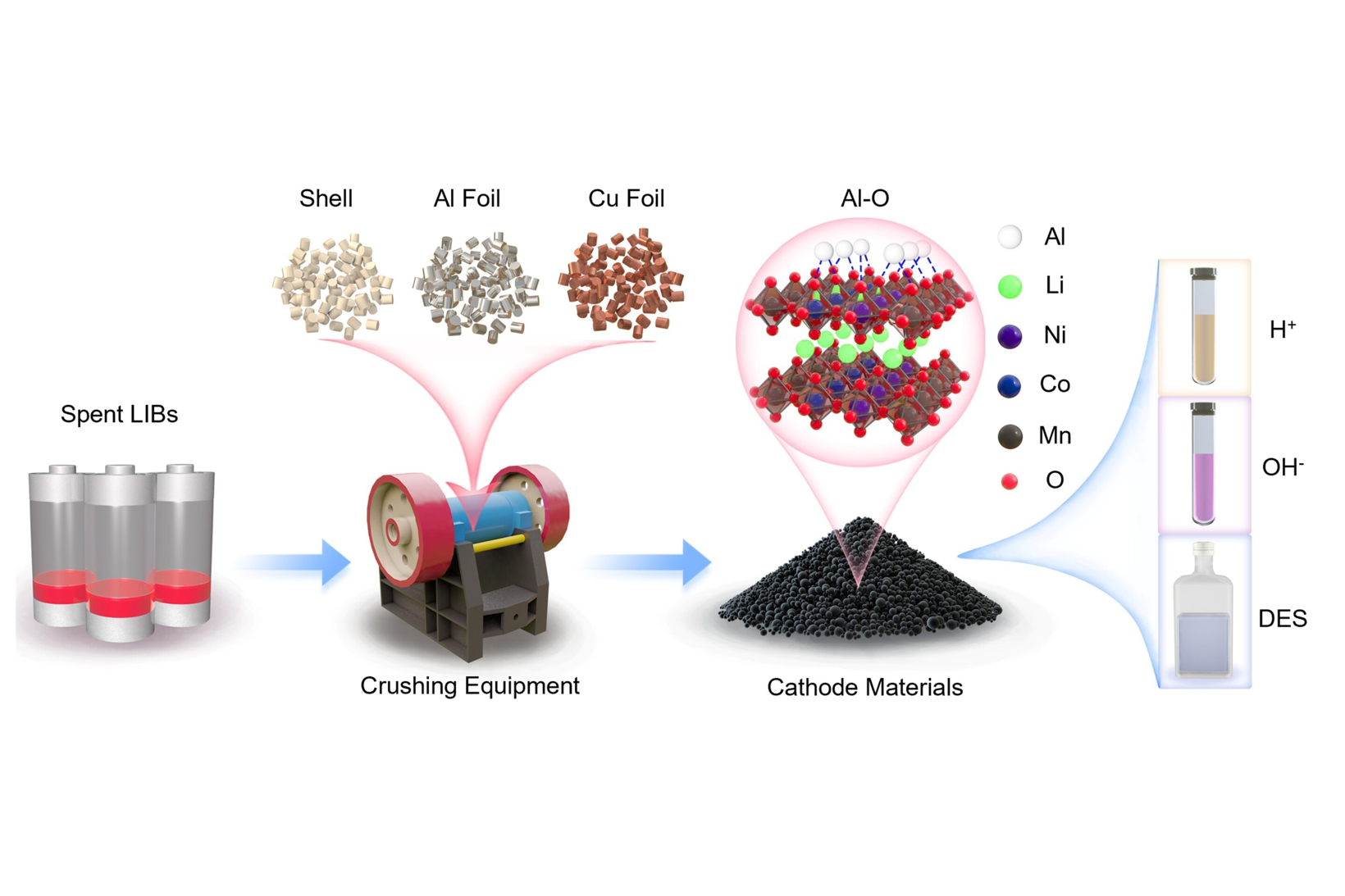A research team led by Professor Zeng Chaohua from the Department of Civil and Environmental Engineering at the Hong Kong University of Science and Technology (HKUST) has recently revealed an atomic-level mechanism that clarifies key factors obstructing the efficient recycling of lithium-ion batteries (LIBs). This breakthrough challenges longstanding assumptions and lays a scientific foundation for cleaner and more efficient metal recycling technologies for lithium-ion batteries. The findings have been published in the journal 'Advanced Science.' Through advanced characterization and first-principles simulations, the research team discovered that aluminum (Al) impurities, which come from the mechanical disassembly of lithium-ion batteries during the recycling process, can infiltrate the nickel-cobalt-manganese (NCM) cathode crystals. This infiltration induces a reorganization of the internal chemical structure, triggering the formation of ultra-stable aluminum-oxygen bonds that tightly bind valuable metal elements—nickel, cobalt, and manganese—within the cathode crystals, inhibiting their solubility. This poses challenges during the recycling process, particularly in acidic solvent systems commonly used in hydrometallurgy (metal extraction using aqueous solutions).
New Research Unveils Mechanism Hindering Lithium-Ion Battery Recycling

Share this post on: